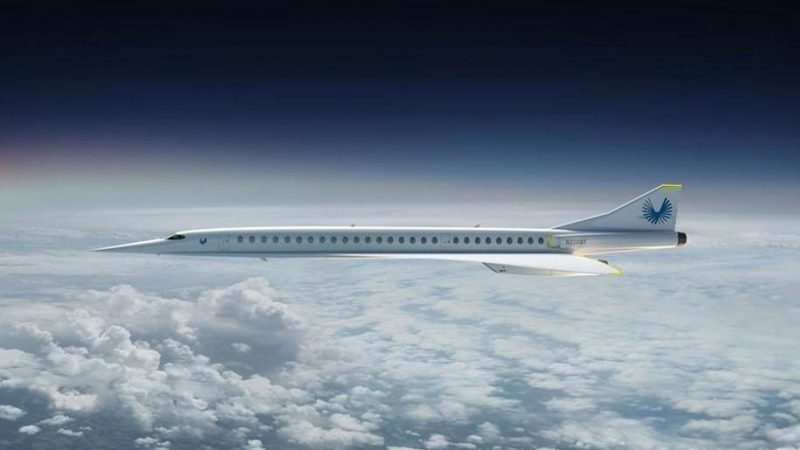Return of Supersonic May Mean Boom Times Ahead
New research finds busy international airports could hear more than 300 sonic booms per day by 2035
January 31, 2019

The return of supersonic air travel seems increasingly likely, with multiple companies in a race to produce the aircraft, and countries like the US looking to relax restrictions on their use. But just as with the first generation of the jets, what would be a boon to time-strapped travelers could produce a major headache for those on the ground, according to a new paper from the International Council on Clean Transportation (ICCT)..
Busy international airports such as Dubai and Heathrow may see flights creating 300 sonic booms per day by 2035, the research finds. Meanwhile the area around airports exposed to noise pollution would double and “substantial parts of the world” could face disruption from the noise.
An ICCT study modelled landing and take-off noise, sonic boom and CO2 emissions based on a network of 2,000 supersonic planes. That would represent around 5,000 flights a day in Europe, North America, the Middle East, Asia and Oceania.
A sonic boom is a loud explosion-like noise created when an object travels faster than the speed of sound.
The ICCT highlighted Dubai and London Heathrow as potentially seeing more than 300 operations per day, and Los Angeles, Singapore, San Francisco, New York-JFK, Frankfurt, and Bangkok seeing 100 to 200, meaning a boom every five minutes over a 16-hour flight day.
The report also said the aircraft would emit an average 96 million metric tons of CO2 per year, roughly the combined emissions of American, Delta, and Southwest Airlines in 2017, and an additional 1.6 to 2.4 gigatons of CO2 over their 25-year lifetime.
An International Civil Aviation Organization meeting in Montreal next week will discuss noise and emissions standards for supersonic jets.
Boom Supersonic, Aerion Supersonic and Spike Aerospace are some of the companies working on the aircraft, and will be watching the new rules closely.
All three have received orders and aim to start delivering them in the mid-2020s. They have also promised flights will cost little more than a business class ticket.
Lockheed Martin has a contract with NASA to build a low-boom flight demonstration aircraft that could generate a sound about as loud as a car door closing. Boeing is also a player, releasing its first-ever supersonic jet concept last year.




